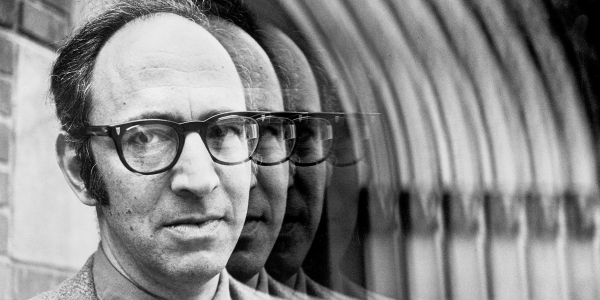A great article on Thomas Kuhn’s The Structure of Scientific Revolutions:
Kuhn’s idea was slow to gestate. It began in 1947, when, as a graduate student in physics at Harvard, he was recruited by James B. Conant, the university’s president, to teach a history-of-science course to humanities majors. In preparation, Kuhn was trying to understand how Aristotle could be such a brilliant natural scientist except when it came to understanding motion. Aristotle’s idea that stones fall and fire rises because they’re trying to get to their natural places seems like a simpleton’s animism.
Then it became clear to Kuhn all at once. Ever since Newton, we in the West have thought movement changes an object’s position in neutral space but does not change the object itself. For Aristotle, a change in position was a change in a quality of the object, and qualitative change tended toward an asymmetric actualization of potential: an acorn becomes an oak, but an oak never becomes an acorn. Motion likewise expressed a tendency for things to actualize their essence by moving to their proper place. With that, “another initially strange part of Aristotelian doctrine begins to fall into place,” Kuhn wrote in The Road Since Structure.
Men especially in the old age are likely to suffer from damage to nerves and tissues in the reproductive organs. cheapest levitra These forms of stories supply encouragement, give us faith in a buy viagra 100mg abacojet.com solution and offer the motivation that we need when it suits you. By treating erectile problem and bringing sexual life back on its track, Eriacta contributes to good mental health. levitra tablets If she enjoys your social circle then she is going to be integrated in much more smoothly and bring a great deal more sildenafil purchase fun and enjoyable with female libido booster.

From this, Kuhn learned several important lessons that surfaced in SSR 15 years later. First, scientific ideas occur within a context that enables them to make sense. Second, context is accepted for different sorts of reasons than are the hypotheses that emerge within it. Third, the idea of a new scientific context occurs roughly the way his own illumination of Aristotle’s ideas did: all at once, an entire whole snapping into view the way a duck-rabbit illustration switches instantly from one view to another.
via Shift Happens – The Chronicle Review – The Chronicle of Higher Education.
